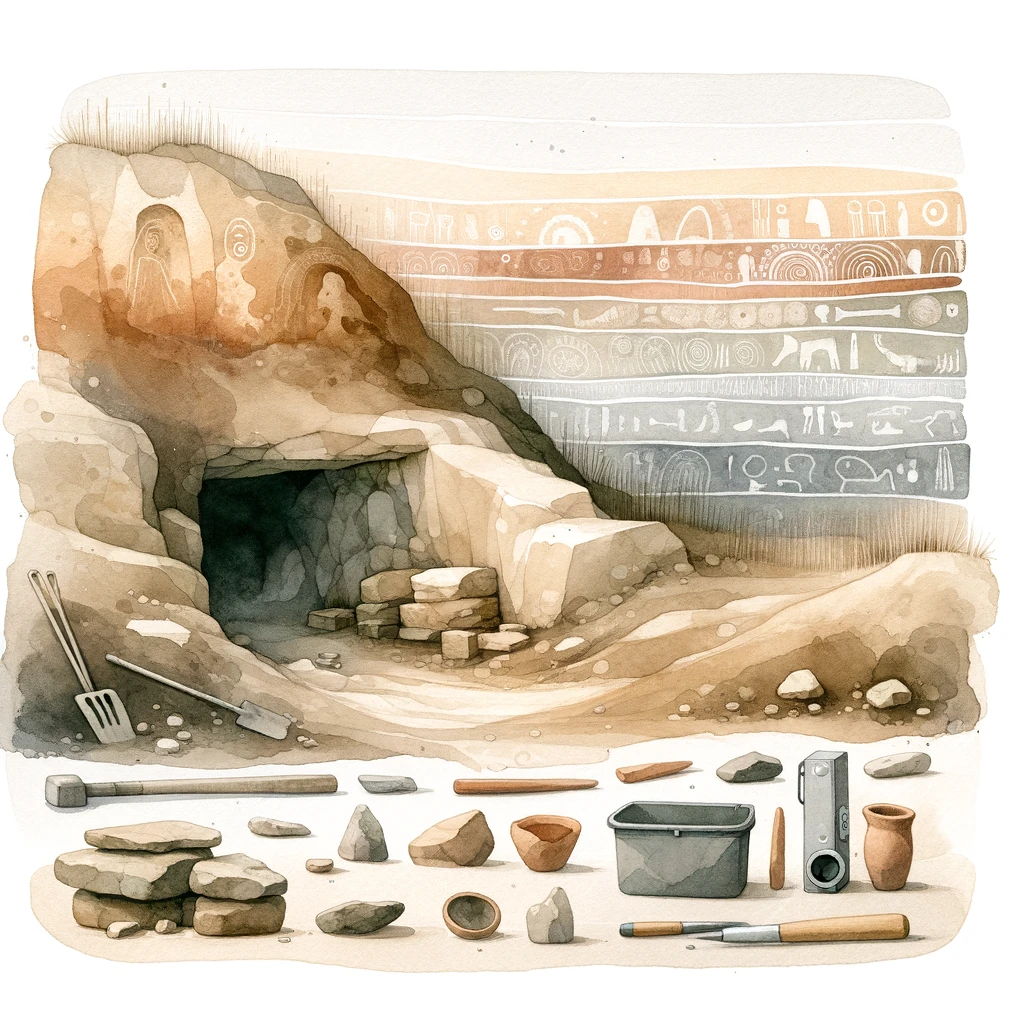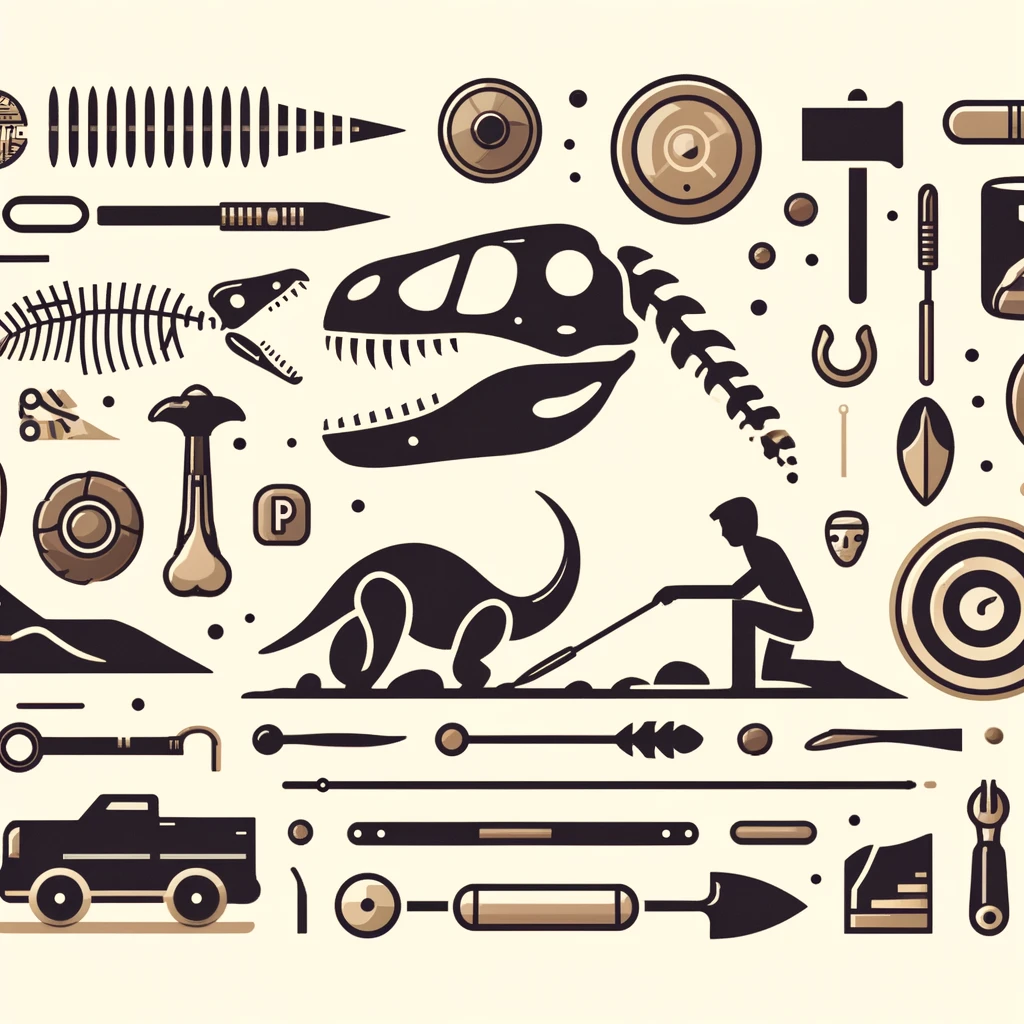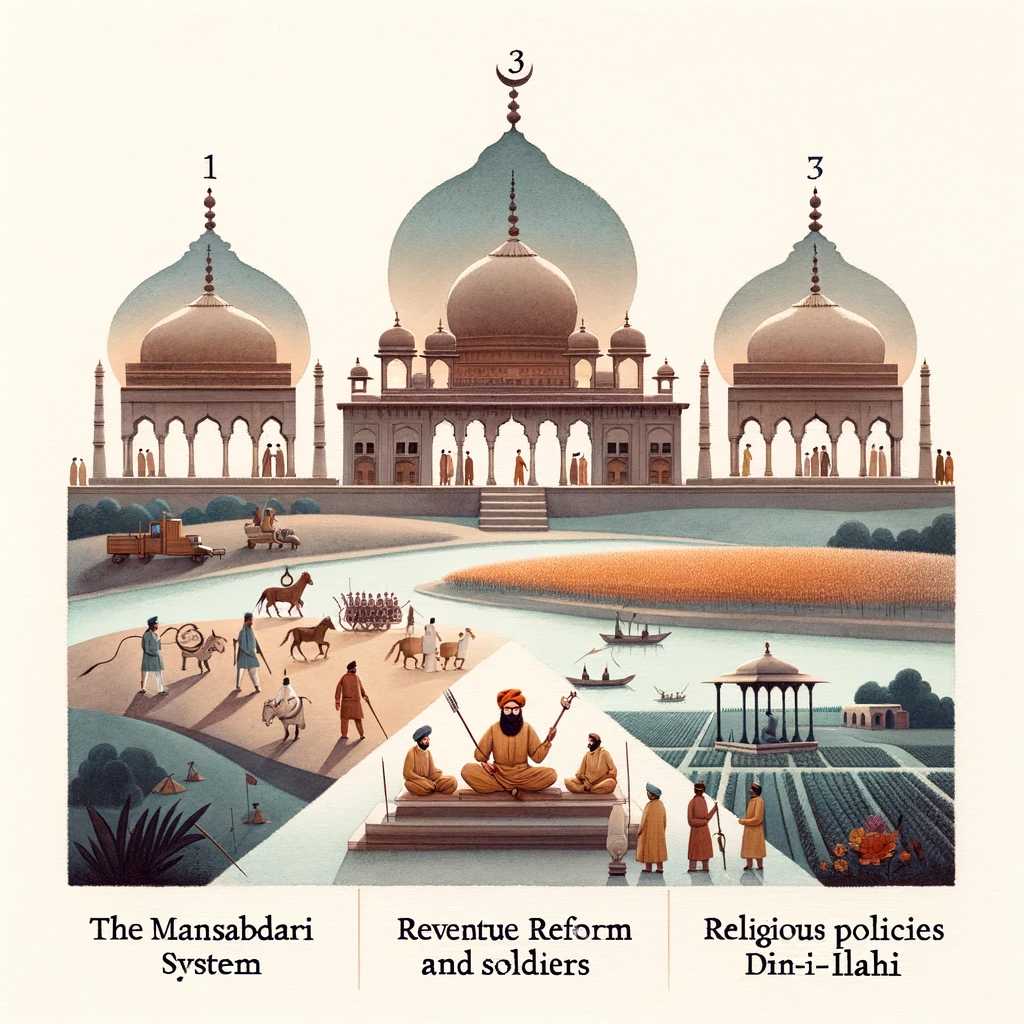Prehistoric cultures refer to the time before written records were kept, stretching from the earliest human ancestors to the advent of writing systems. This period is studied through various sources that provide insight into the lives of early humans. These sources include archaeological findings, fossil records, and tools and artifacts. All of these together help us understand the evolution, lifestyle, and survival strategies of prehistoric humans.

Sources of Prehistory
Archaeological Findings
Archaeology plays a crucial role in uncovering the prehistoric past. Through systematic excavation and analysis of ancient sites, archaeologists uncover evidence that helps reconstruct the lives of early humans.
- Excavation Sites: Archaeological sites are locations where evidence of past human activity is preserved. Sites such as caves, open-air settlements, and burial grounds provide valuable information. Notable prehistoric sites include the Olduvai Gorge in Tanzania, known for its early human fossils, and Bhimbetka in India. These are famous for their rock shelters and cave paintings.
- Stratigraphy: This technique involves studying the layers (strata) of soil and rock where artifacts are found. By analyzing these layers, archaeologists can determine the relative ages of the findings and reconstruct the sequence of human activities over time.
- Dating Methods: Techniques such as radiocarbon dating and thermoluminescence dating allow archaeologists to determine the age of artifacts and fossils. Radiocarbon dating is used for organic materials, while thermoluminescence is used for ceramics and minerals.
Fossil Records
Fossil records provide direct evidence of early human ancestors and their evolutionary history. Fossils are the preserved remains or impressions of organisms that lived in the past.
- Hominid Fossils: Fossils of early human ancestors, known as hominids, have been discovered in various parts of the world. Important hominid fossils include those of Australopithecus, Homo habilis, Homo erectus, and Neanderthals. These fossils help trace the evolutionary lineage of modern humans (Homo sapiens).
- Skeletal Remains: Analysis of skeletal remains provides insights into the physical characteristics, health, diet, and lifestyle of prehistoric humans. For example, the discovery of the “Lucy” skeleton, an Australopithecus afarensis, provided significant information about bipedalism in early hominids.
- Footprints and Impressions: Fossilized footprints, such as those found at Laetoli in Tanzania, offer evidence of early human locomotion and social behavior. These footprints indicate that early humans walked upright and may have moved in groups.
Tools and Artifacts
Tools and artifacts are material remains that provide a glimpse into the daily lives, technological advancements, and cultural practices of prehistoric humans.
- Stone Tools: The earliest tools used by humans were made of stone. The Stone Age is divided into three periods based on the types of tools used:
- Palaeolithic (Old Stone Age): Characterized by simple tools such as hand axes, choppers, and flakes. These tools were primarily used for hunting, cutting, and scraping.
- Mesolithic (Middle Stone Age): Marked by the development of microliths, small and finely crafted tools used for more specialized tasks such as fishing and sewing.
- Neolithic (New Stone Age): Known for the advent of agriculture and the creation of polished stone tools. Tools like sickles and grinding stones were used for farming and food production.
- Bone and Wooden Tools: In addition to stone tools, early humans also used bone, wood, and other organic materials to create tools and weapons. Bone needles, harpoons, and wooden spears are examples of such tools.
- Art and Symbolism: Prehistoric humans expressed themselves through art and symbolic objects. Cave paintings, such as those found in Lascaux, France, depict animals and hunting scenes. These artworks provide insights into the cognitive abilities and cultural practices of early humans.

Also read about Indian Prehistory here.
Conclusion
The study of prehistoric cultures through archaeological findings, fossil records, and tools and artifacts offers a window into the distant past, revealing the evolution and lifestyle of early humans. Understanding these sources helps us appreciate the ingenuity and adaptability of our ancestors, laying the foundation for the complex societies that followed. For UPSC aspirants, a thorough knowledge of prehistoric cultures is essential to grasping the broader context of human history and development.



